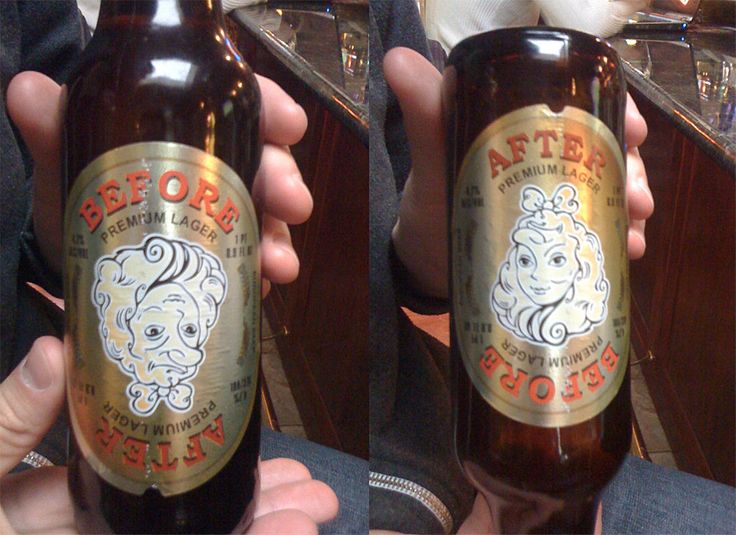
This illustration can hardly be called a logo, but still – it deserves some attention.
Then I tried to track the label’s origin. Here are a few things I’ve found :
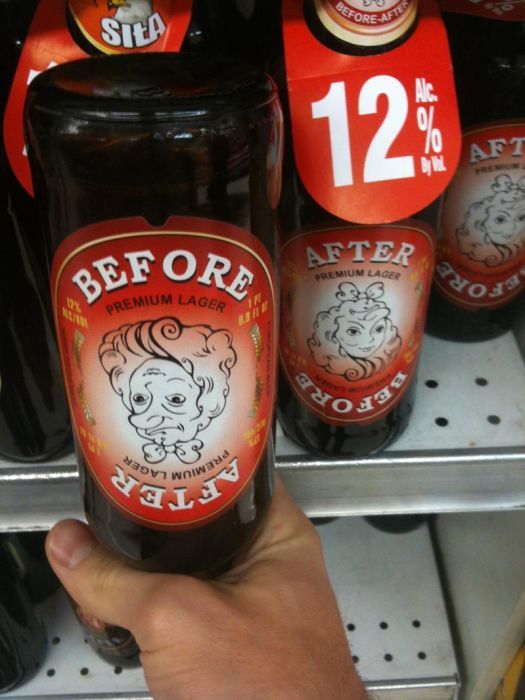
Another version of the label
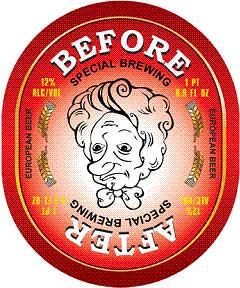
Here’s the clean label
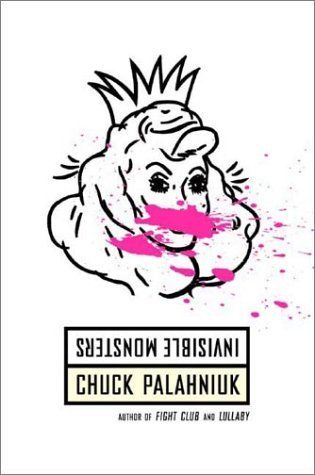
And this is a book which I found with the drawing on the cover. Here’s where the beer logo appears to come from. Invisible Monsters, written by Chuck Palahniuk. Pay attention that the title is written upside down so that you have to flip the book if you want to read it. And then, of course, you’ll see the old woman. The picture probably comes from another place, but this seems to be the most famous usage of this visual illusion.
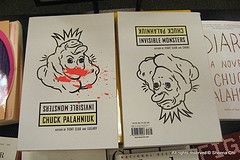
It’s a little bit small, but this should be the back cover of the book. There’s no pink spot there. Obviously.
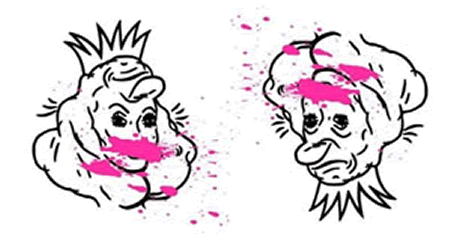
Here’s a double preview just to see the rotated original.
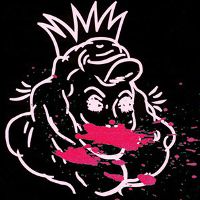
For some people the difference could be more obvious in black and white…
<img class="alignnone size-full wp-image-2247" title=the logo tattooed" src="/img/2011/11/before-and-after-beer-logo-tattoo.jpg" alt="beer logo tattoo design" width="493" height="369">
Want a tattoo like this ? :)
_
Of course – one can always find another similar design/concept. Here’s something you may have already seen on the internet:
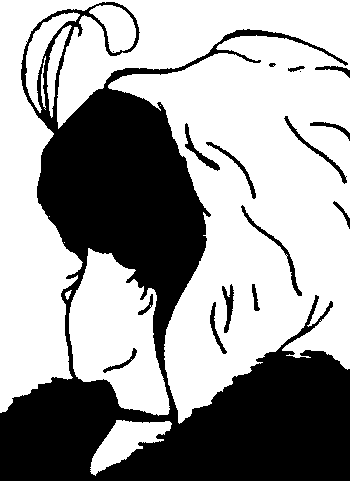
Can you see them both?
Clue: The chin of the young woman
become the nose of the old lady.
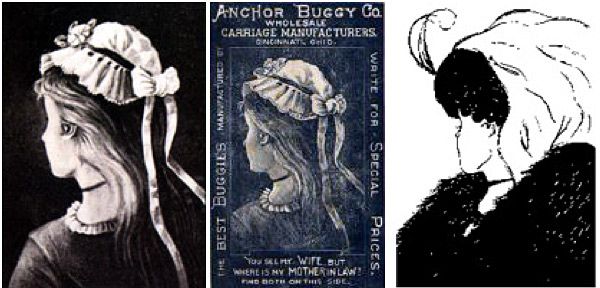
“A famous perceptual illusion in which the brain switches between seeing a young girl and an old woman (or “wife” and “mother in law”). An anonymous German postcard from 1888 (left figure) depicts the image in its earliest known form, and a rendition on an advertisement for the Anchor Buggy Company from 1890 (center figure) provides another early example (IllusionWorks). For many years, the creator of this figure was thought to be British cartoonist W. E. Hill, who published it in 1915 in Puck humor magazine, an American magazine inspired by the British magazine Punch (right figure). However, Hill almost certainly adapted the figure from an original concept that was popular throughout the world on trading and puzzle cards.”
reference for the last paragraph : Wolfram MathWorld